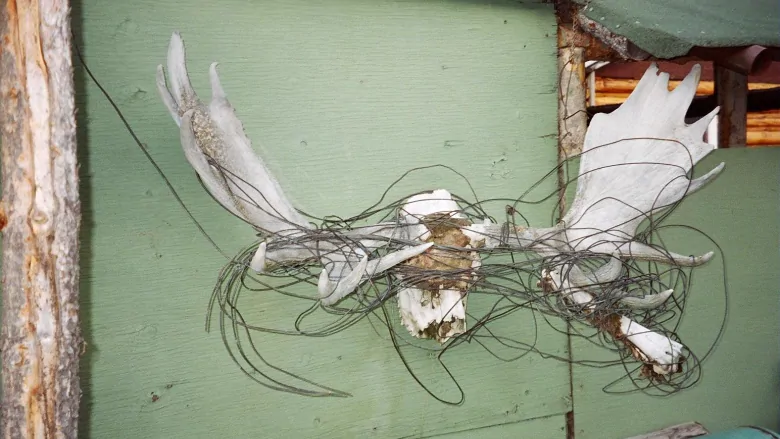Prior to this lecture I had no idea that the Canol pipeline had ever existed, but I grew up in a post industrial landscape, so I’m familiar with the basic concept. Ladysmith started out as a coal mining and shipping centre. Evidence of past industrialization was abundant, one of the local beaches was almost entirely made of coal slack. Like the Canol region, Ladysmith has now directed its attention to tourism, with vacation homes and recreational marinas replacing coal processing and shipping facilities.
The Canol pipeline was a wartime project that took crude oil from the Yukon to a refinery in the Northwest Territories, which would eventually be moved to Alaska for the war effort. The permafrost, supply difficulties, and general roughness of the terrain meant the pipeline to two years to build, went way over budget, and required many dormitories for workers, vehicles, and kilometers of telegraph wire. These factors, along with the end of the war, also contributed to the pipeline’s short lifespan of only 18 months. While some of the mechanical aspects of the Canol pipeline were moved after it shut down (including an entire refinery, which I still can’t wrap my head around) a lot of equipment like trucks and telegraph wire and buildings like dormitories were left behind. This sparked the Canol Remediation Project which aims to clean up and improve the safety of the trail and its surroundings for recreational use. The most surprising hazard to wildlife on the Canol trail to me was the left over telegraph wire, which was one of the first clean-up targets. Dr Early recounted an incident told to her by an elder involved in the remediation project, where a moose had gotten tangled in the telegraph wire and eventually died. Other targets for removal are contaminated soil, batteries and asbestos from old buildings along the trail. Dr Early and her team documented the conditions on the Canol trail and are preparing a documentary on their travels for release in the next year, which I fully intend to watch.
I enjoyed the lecture for the most part, but I wish Dr Early had taken a bit more time to explain the economic history of the region. I know the gist of what happed, but I international students might not. While this project applies to me personally more than it applies to my masters research, I’ll still be dealing with human impact of wildlife, so some of the ethical concerns Dr Early and her team faced, such as the ethics of questionable funding sources, are definitely applicable. Dr Early took enough time to answer questions and did so in depth. Had I been able to attend in person I would I have liked to ask her about potential health impacts of the pipeline on people in the surrounding area, if any were observed at all.


Recent Comments